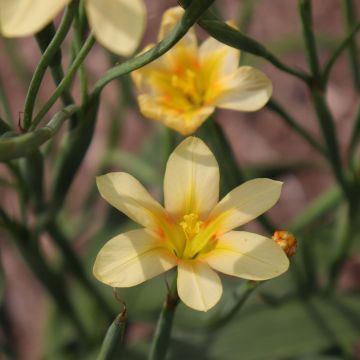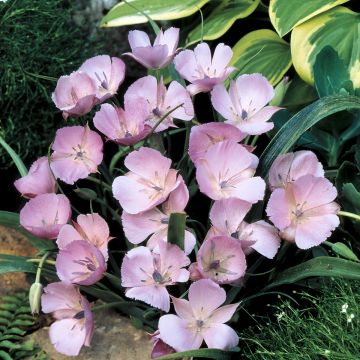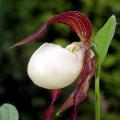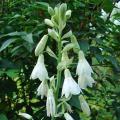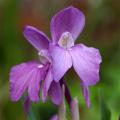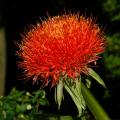Homeria
Does this plant fit my garden? Set up your Plantfit profile →
Available in 1 sizes
Available in 1 sizes
Available in 1 sizes
Available in 1 sizes
Available in 1 sizes
Homerias, sometimes called Cape Tulips, are bulbous plants now classified in the genus Moraea and in the family Iridaceae. They originate from South Africa, mainly from the Cape region.
In cultivation, there are 6 species out of the 32 that are listed, they are Homeria ochroleuca, H. collina, H. flaccida, H. comptonii, H. elegans and H.lilicina, as well as their hybrids. Discreet but elegant, their delicate flowers with unusual colours, produced profusely, work wonders in sunny borders or in flower pots. Measuring 20 to 45cm (8 to 18in) in height, these plants bloom from spring to summer, depending on the climate and varieties, in a range of yellow, orange to salmon, pink, green or lilac tones. Outside mild climates, Homerias are planted in spring, bloom during summer and go dormant in winter, dry and cool. Bulbs should be planted at a depth of 10cm (4in) and should be protected from moisture in winter.
In pots, cultivate your Homeria in a mixture of potting soil and sand, and overwinter your flower pot in a frost-free but unheated room. In mild Mediterranean regions, the bulbs start growing in autumn, bloom in spring and rest during the dry period in summer. Gather the bulbs in small groups for a beautiful effect in pots or at the edge of flower beds.
Haven't found what you were looking for?








































